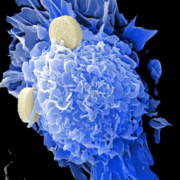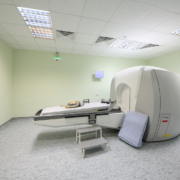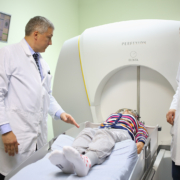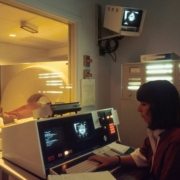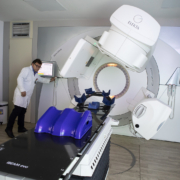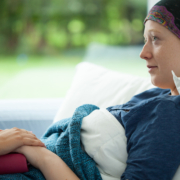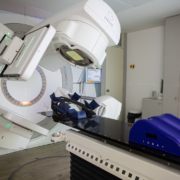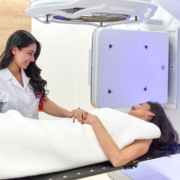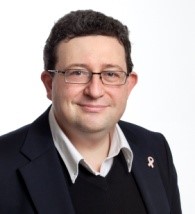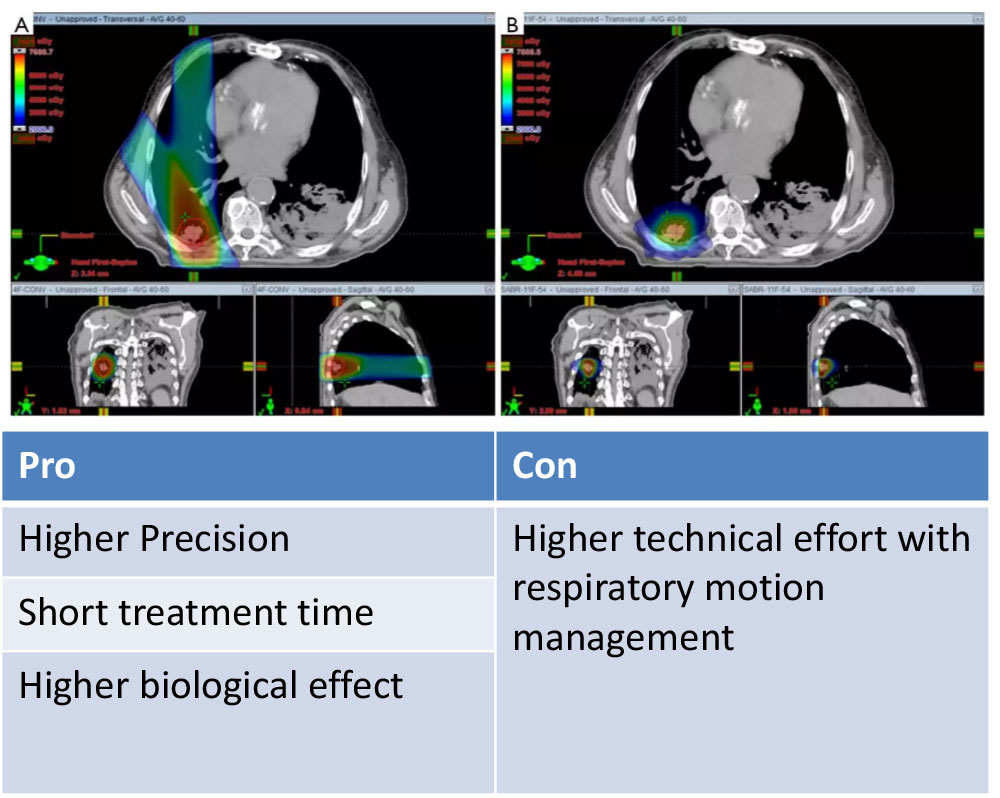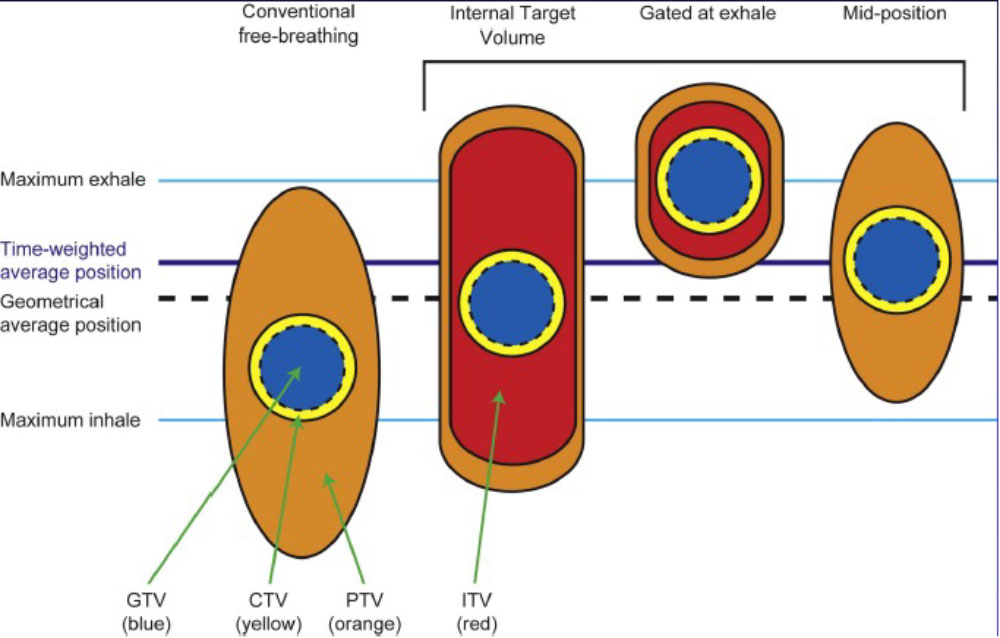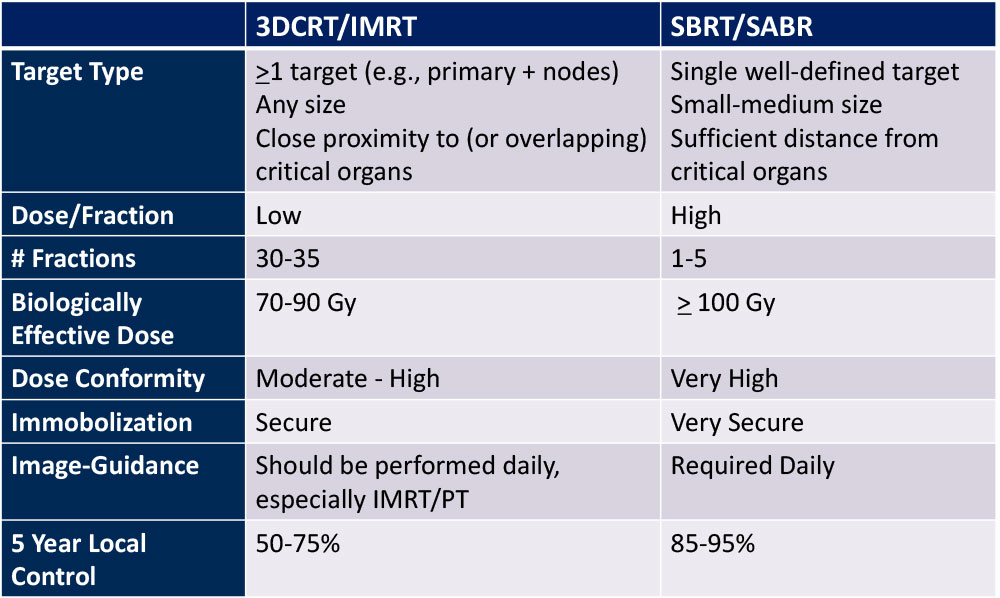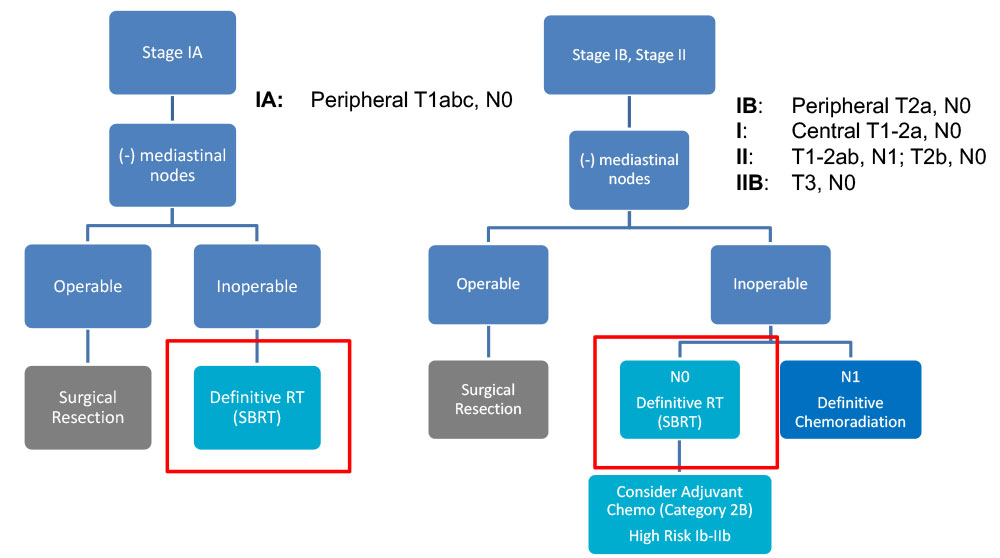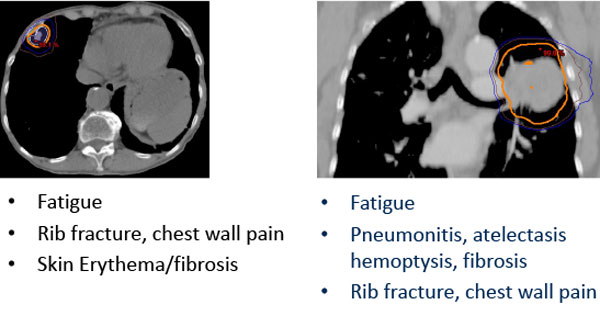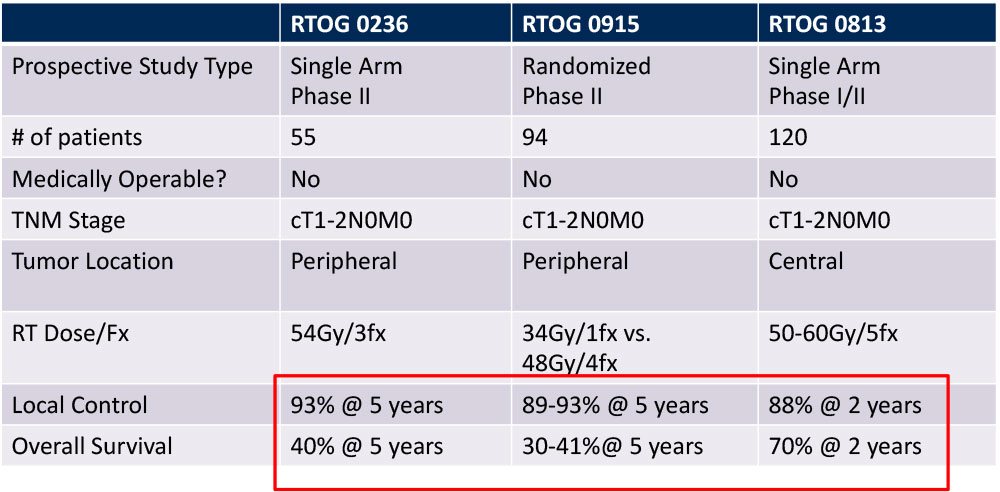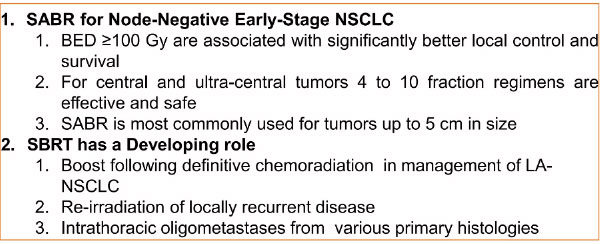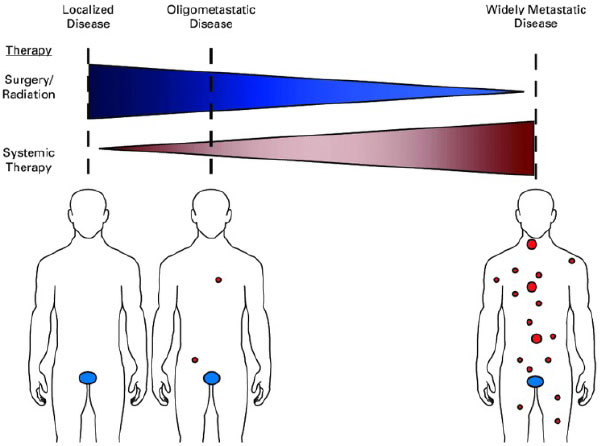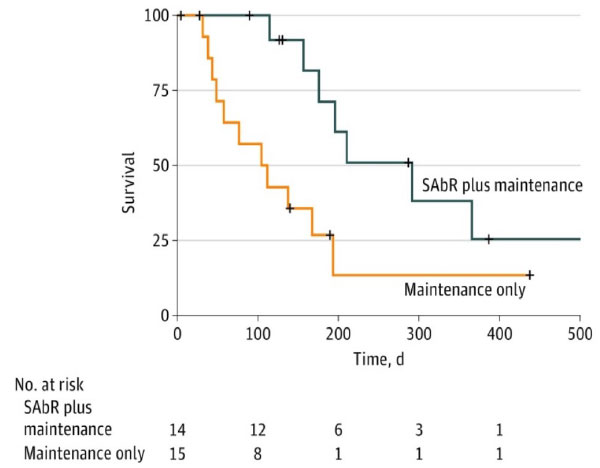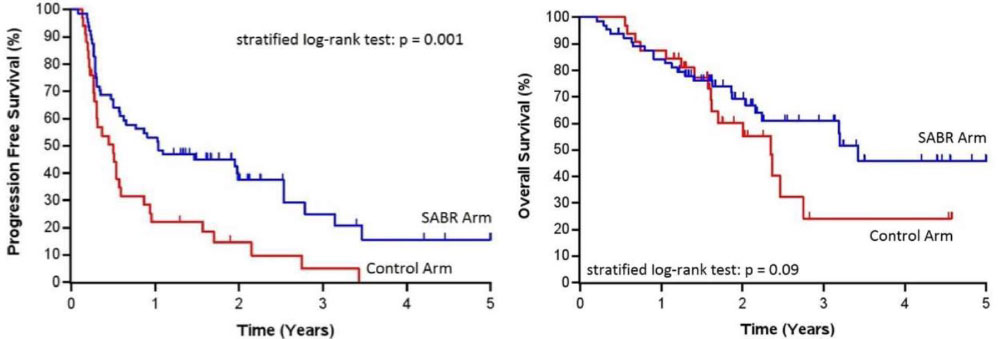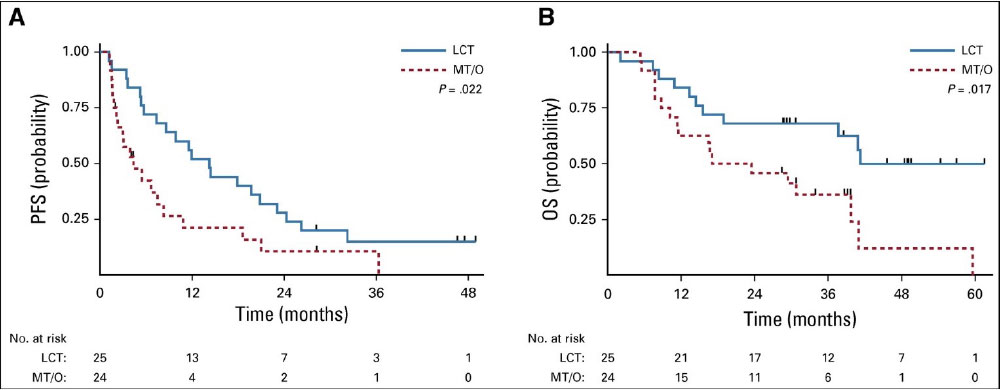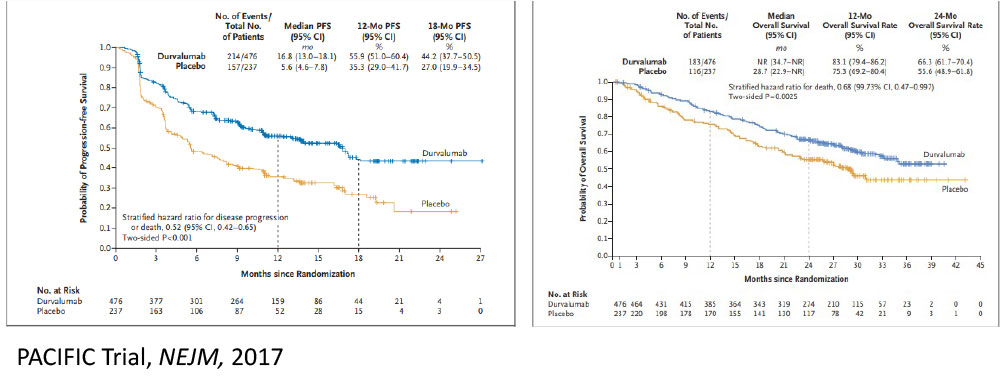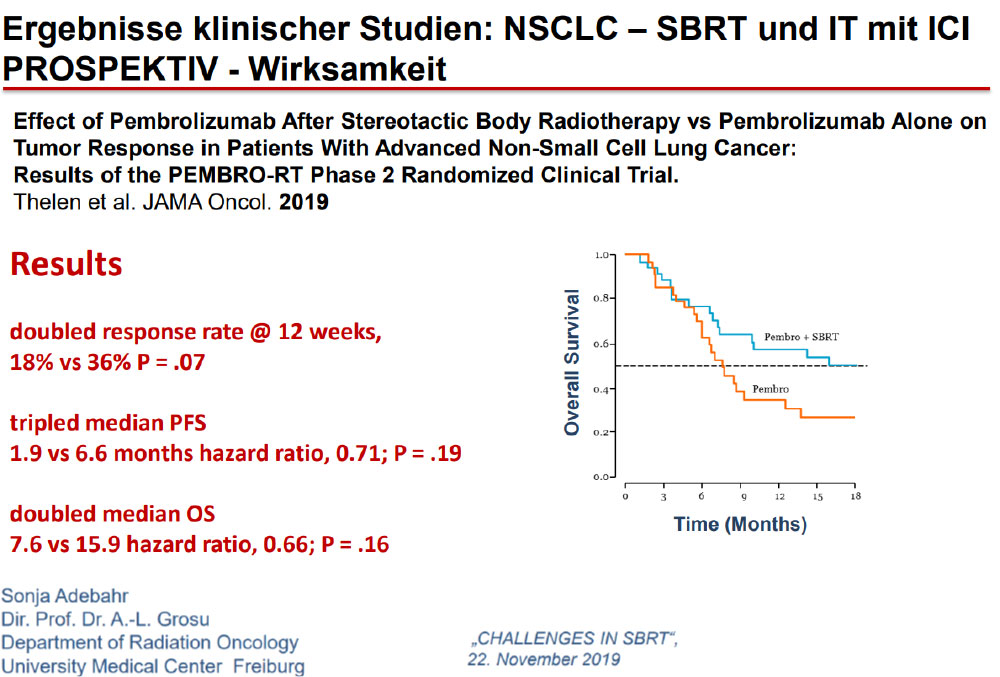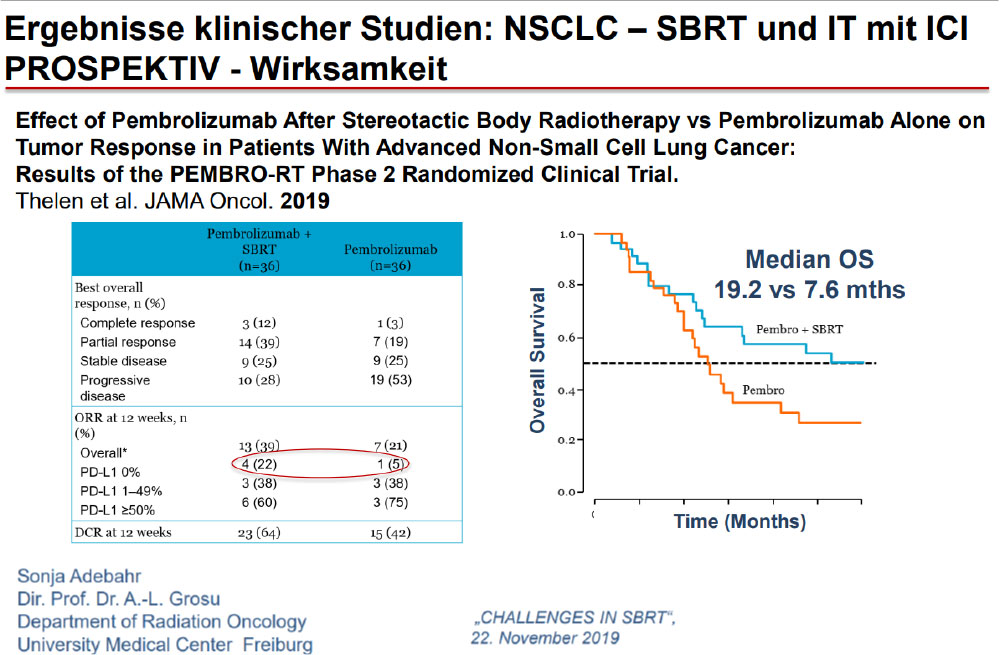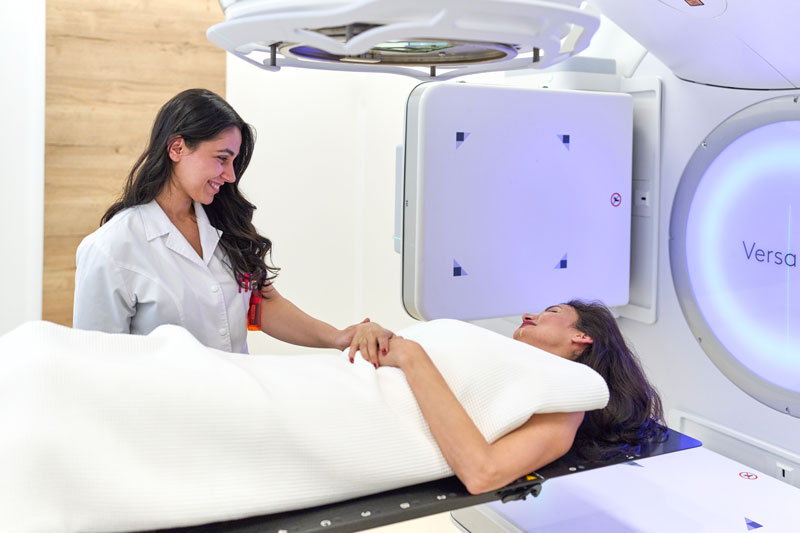Prostate cancer is a disease that kills millions of men every year. It is one of the most common forms of cancer and men will increasingly become vulnerable to it after the age of 50. Those who are overweight, have a family history of the disease or who belong to particular ethnic groups are at higher risk, with black men facing the greatest peril.
Even without being in a high-risk group, men should get themselves checked out if they suspect something is wrong, due to issues like erectile dysfunction, urinary problems, blood in semen or unexpected weight loss.
Improving Diagnostics
As with all cancers, early diagnosis increases the chances of beating the disease. Indeed, there has been some good news on this front, with the UK-based University of East Anglia claiming a breakthrough in developing a test to show if the prostate cancer is benign (as the majority are) or aggressive, something the current blood test cannot do.
It works through a urine testing kit that can be delivered to homes and taken there, before being posted back to the lab. The contents of the test can now reveal a wide range of results, including clues that show that the patient should go for further testing.
Professor Colin Cooper, who headed up the team that developed the test, remarked: “It’s astonishingly exciting – this is potentially a game-changer both for the initial assessment for prostate cancer, and people who have been diagnosed.”
What this highlights is the reality that diagnostics have been a weak point in prostate cancer treatment up until now, which means fewer men get the diagnosis they need until the cancer is more advanced.
In some cases, that means the treatment and the path to beating the disease is longer and more gruelling than it might otherwise have been, while in others the best that can be achieved is to extend life rather than save it.
Radiotherapy And Other Treatments
Our radiotherapy centre treats many patients with the condition, helping fight the cancer effectively. However, the success of this may depend on how early diagnosis takes place.
The good news is that it is not just the ability to diagnose aggressive cancers that is improving. The range of treatments and the capacity to apply them in the most effective way has grown markedly in recent years. As an article in Indian website News X notes, there have been several major developments in recent years aiding survival rates.
Some of this includes other treatments that can complement radiotherapy, such as PARP inhibitors, which block the enzyme that helps cancer cells repair their DNA after it has been damaged by radiotherapy or other treatments. This can be critical in the success of radiotherapy, with advancements in this area proving invaluable.
Others work in their own way, such as hormone therapy, which has been around for many years and helps reduce the production of hormones that promote the growth of cancerous cells. In recent years new therapies have become more effective at this.
Immunotherapies also have a role to play, but some of the most exciting developments come in areas that enhance the effectiveness of radiotherapy in destroying cancerous cells. This includes radiogland therapy, which specifically targets PMSA a protein found on the surface of prostate cells, enabling the radiation to be aimed directly at tumours.
All this can be added to the effectiveness of improved scanning technology for early diagnosis. The University of East Anglia breakthrough could be a further step forward in this crucial area, but already there are other promising advancements, like the use of artificial intelligence to identify problems a radiographer might not be able to spot so easily.
Could Vaccines Offer A Future Hope?
Some have even talked about the potential of vaccines to help tackle the disease. Various possible kinds could achieve effective results in preventing prostate cancer from taking hold in the first place: peptide, nucleic acid, viral, cellular and dendric cell vaccines are all the subject of research.
Should any of these prove truly effective, it may be that one day the way prostate cancer is treated can be completely different, with a greater focus on prevention in much the way that the HPV vaccine can protect women against cervical cancer.
However, unless and until such vaccines are fully developed and proven to be effective, other treatments will still be needed for patients who have prostate cancer and are either seeking to beat the disease outright or at least extend their lives.
Radiotherapy will remain a crucial weapon in the armoury for the foreseeable future, working alongside an array of other treatments.

